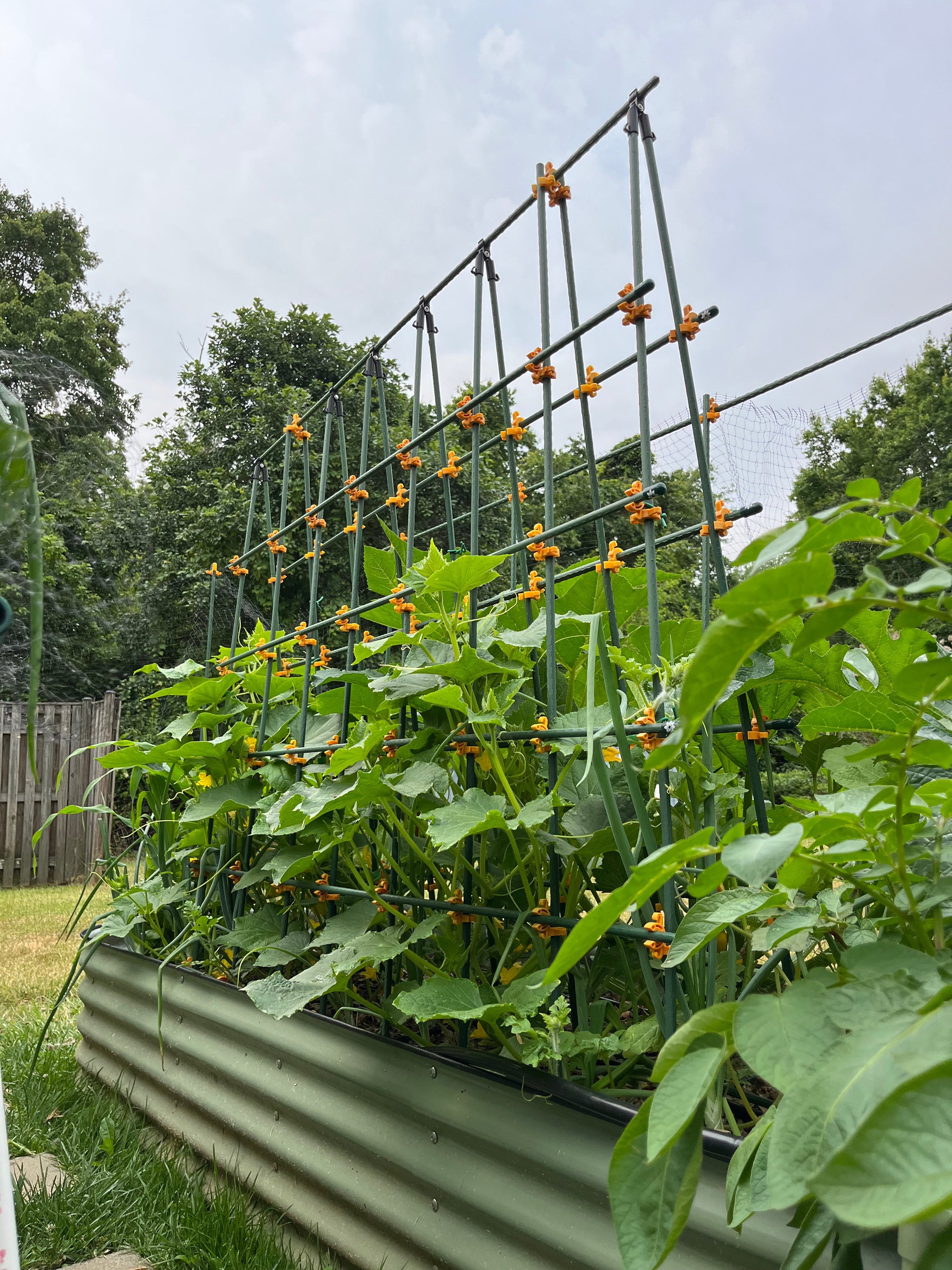Step into a garden, and you’re stepping into possibility. A patch of soil, a handful of seeds, a little sunshine, and suddenly you’re in conversation with the universe. Gardening is practical, yes—fresh tomatoes for the table, flowers for the vase—but it is also whimsical, playful, and profoundly human. It’s art we make with living things, coaxing them into forms that delight and surprise.
Gardening as an Expression of Joy
When you drop a seed into the earth, you’re planting a promise. Not just of a future harvest, but of joy itself. A sprig of mint leaning happily over its pot, a sunflower’s golden face following the arc of the day—these are reminders that growth isn’t linear or rigid. It bursts, meanders, tangles, and flourishes. To garden is to celebrate this unruly abundance, to say: life is messy, and it’s wonderful.
Joy shows up in little acts—the morning wander with coffee in hand, discovering a bloom that wasn’t there yesterday; the first crunch of a snap pea eaten straight off the vine. Gardening slows us down, reminding us to savor the world not in sweeping gestures, but in small, miraculous details.
Gardening as a Playful Art

Every garden is a canvas, and every gardener an artist. A well-placed trellis becomes a sculpture for beans to climb. A collection of colors—deep purple basil, bright marigolds, silvery sage—paints a picture in texture and hue. The act of arranging, pruning, and even letting things grow wild is a form of artistic choice.
Unlike paint on canvas, though, gardening’s medium is alive. It shifts daily, responds to weather, and sometimes resists our direction entirely. And therein lies the magic: the garden collaborates with us. We can sketch a vision, but the earth, the rain, and the living plants get the final say. This is art that surprises its artist.
A Reflection of Connection
 At its heart, gardening is about relationship. We learn patience from seedlings, resilience from perennials, and humility from weeds that insist on their place in the sun. Each tending of soil reminds us that we are not separate from the world, but participants in its cycles.
At its heart, gardening is about relationship. We learn patience from seedlings, resilience from perennials, and humility from weeds that insist on their place in the sun. Each tending of soil reminds us that we are not separate from the world, but participants in its cycles.
In shaping a garden, we shape ourselves. We become attuned to seasons, to the subtle shift in the light, to the chorus of pollinators that arrive when blossoms open. Gardening whispers that the world is not static—it is always in motion, and so are we.
Whimsy as an Invitation
To garden whimsically is to invite delight. Maybe that means letting a pumpkin sprawl across the lawn, tucking nasturtiums into the cracks of the walkway, or planting a tree simply because its blossoms make your heart lift. It’s a willingness to play, to experiment, and to greet the unexpected with curiosity rather than control.
After all, gardens remind us that the world can be shaped—not rigidly, but tenderly. With each seed, we get to participate in something bigger than ourselves, something that sparkles with the joy of possibility.
✨ So plant a little whimsy. Let your garden be a mirror of joy, a canvas of living art, and a reminder that connection is as close as the soil beneath your hands.
